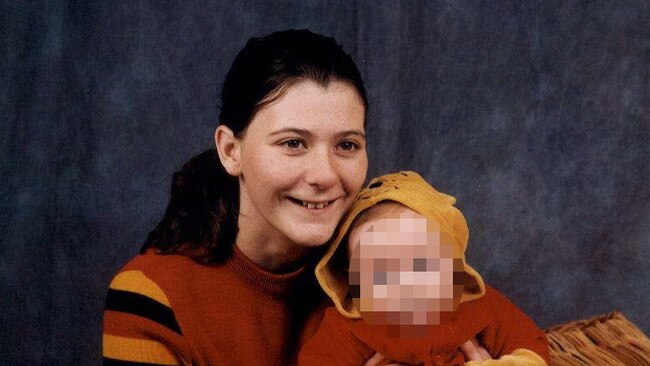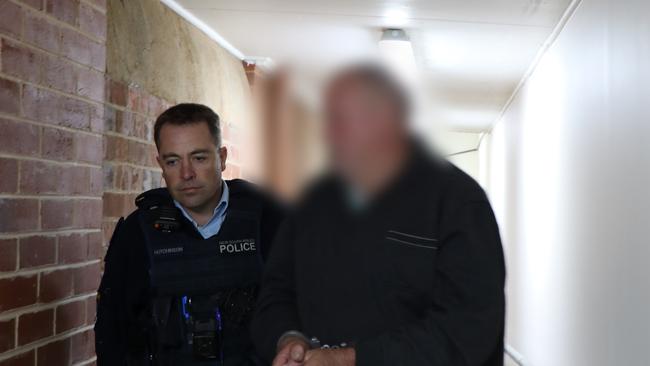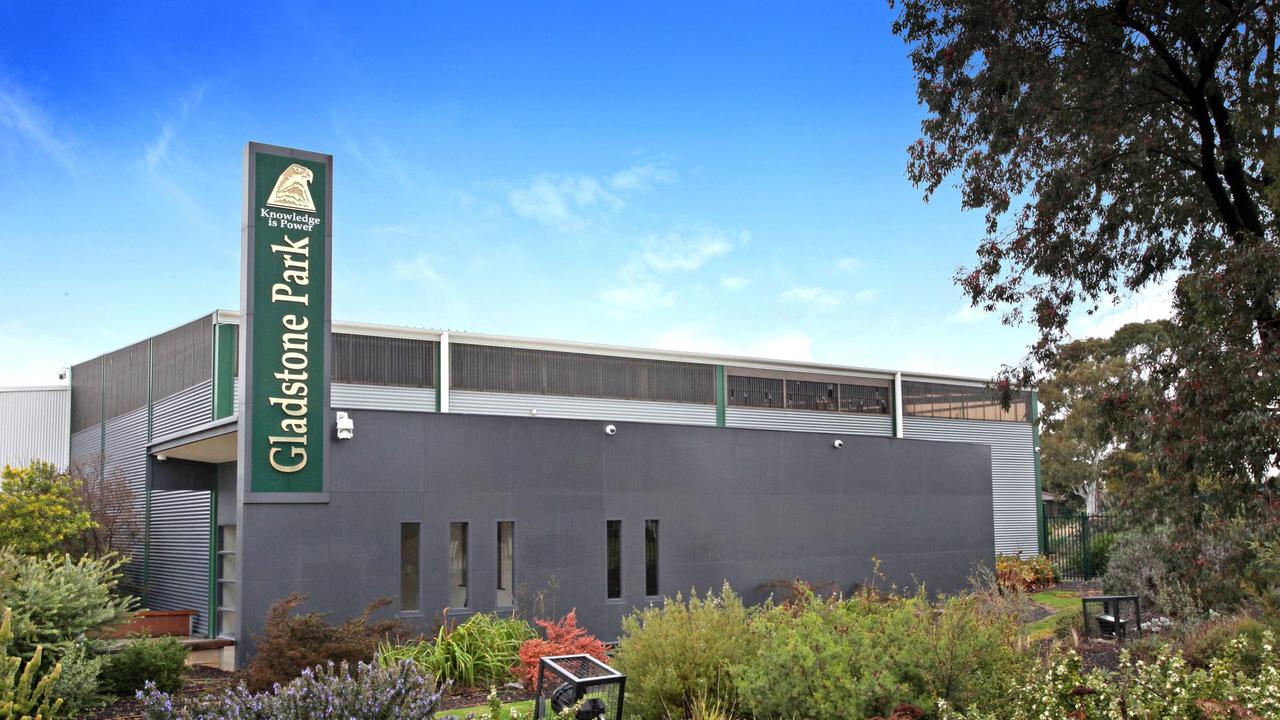Police bugged Amber Haigh’s alleged killers’ home
A couple accused of murdering a teenage mother have argued there was no incriminating evidence captured on police listening devices.

Breaking News
Don't miss out on the headlines from Breaking News. Followed categories will be added to My News.
A couple accused of murdering teenager Amber Haigh have been the victims of a “haze of mistrust and suspicion” and there was no evidence found when police bugged their home, a court has been told.
Robert Samuel Geeves, 64, and Anne Margaret Geeves, 64, will soon learn their fate after standing trial in the NSW Supreme Court having denied allegations they murdered the young mother, who disappeared while living at their Kingsvale property in regional NSW more than 20 years ago.
They have faced a judge-alone trial before Justice Julia Lonergan, who on Wednesday reserved her judgment after overseeing a nearly eight-week trial.
Ms Haigh, 19, who had an intellectual disability and suffered from epilepsy, was living with the Geeveses when she disappeared in June 2002. The Crown has accused the couple of killing her to gain custody of a young child.
Both have pleaded not guilty to murder, with the court being told that they last saw Ms Haigh when they dropped her off at Campbelltown train station on June 5, 2002, so she could travel to western Sydney to visit her sick and dying father.
The Geeveses reported Amber missing at Young Police Station on June 19, 2002, and since then they had been under a cloud of community and police suspicion, Ms Geeves’ barrister Michael King told the court during his closing submissions on Wednesday.

‘Haze of mistrust and suspicion’
Ms Haigh went missing from their Kingsvale property, near Young, her body has never been found and she has never contacted family members.
During his closing address to the court, Mr King said: “People in the community around Young have thought that Robert Geeves has been guilty of many things going back into the 1980s.”
The court was told that in 1986, Mr Geeves harboured two schoolgirls who had run away from home.
“Somewhere along the line, the word got out into the community that Robert Geeves had tied these girls up, put them in a silo,” Mr King said.
“Everyone in the community was willing to believe that story for many, many years, it was passed around and it became fact.”
He said Mr Geeves came under further suspicion in 1993 when a woman he was seeing was shot in the face, the court was told.
“Everyone who would meet him would presume him to be guilty,” Mr King said.
Mr King told the court that in 2001, Mr Geeves began having sex with Ms Haigh.
He said having a sex with an intellectually disabled teenager was a “very poor decision” and it led to more community distaste.
“Everything the Geeveses have done has been viewed by everyone who has come across them with this haze of mistrust and suspicion,” Mr King said.


What happened to Amber Haigh?
And Mr King said that continued when they walked into Young Police Station on June 19 – two weeks after Ms Haigh was last seen – and reported her missing.
He said from the outset of the police investigation, officers presumed Mr Geeves was guilty.
He attacked the Crown prosecution case against both of the Geeveses, describing it as “a case that quite frankly no one understands”.
Mr King said it was not known where, when and how it was alleged that Ms Haigh was murdered.
He said it was only raised in Crown prosecutor Paul Kerr’s closing submissions on Monday that the theory was raised that she was killed on the way to Sydney on June 5, 2002.
He argued that police at the time couldn’t disprove that the Geeveses took the trip to Campbelltown, and therefore the court couldn’t either.
Mr King said during a police interview, Ms Geeves described a hot dog van at a service station where she says they asked for directions to the Campbelltown train station, described a one-way street and drew an accurate diagram of the station car park.
“If the Crown case is that Anne Geeves never took this car ride, she’s got a pretty good knowledge of details that you would really only expect if she was there,” Mr King said.
The police bugs
The court was told listening devices were placed inside the Geeveses’ home and car as part of the police investigation.
But Mr King argued that there was no incriminating evidence on any of the tapes.
“There is no suggestion in these recordings that the Geeveses are in any way guilty of anything, in my respectful submission,” Mr King said.
Mr King pointed to a conversation which was captured by a police listening device in which Ms Geeves expressed anger at Ms Haigh.
The conversation occurred two days after police raided their Kingsvale farm and Ms Geeves said on the recording “this is her fault,” the court was told.
“Then she says ‘I don’t care anymore, if she comes back, she can pack her stuff and go’,” Mr King told the court.
“... That is, in my submission, is extremely powerful evidence that supports the view that Anne Geeves didn’t have a guilty mind,” Mr King said.
Justice Lonergan will hand down her judgment at a later date.
Originally published as Police bugged Amber Haigh’s alleged killers’ home



